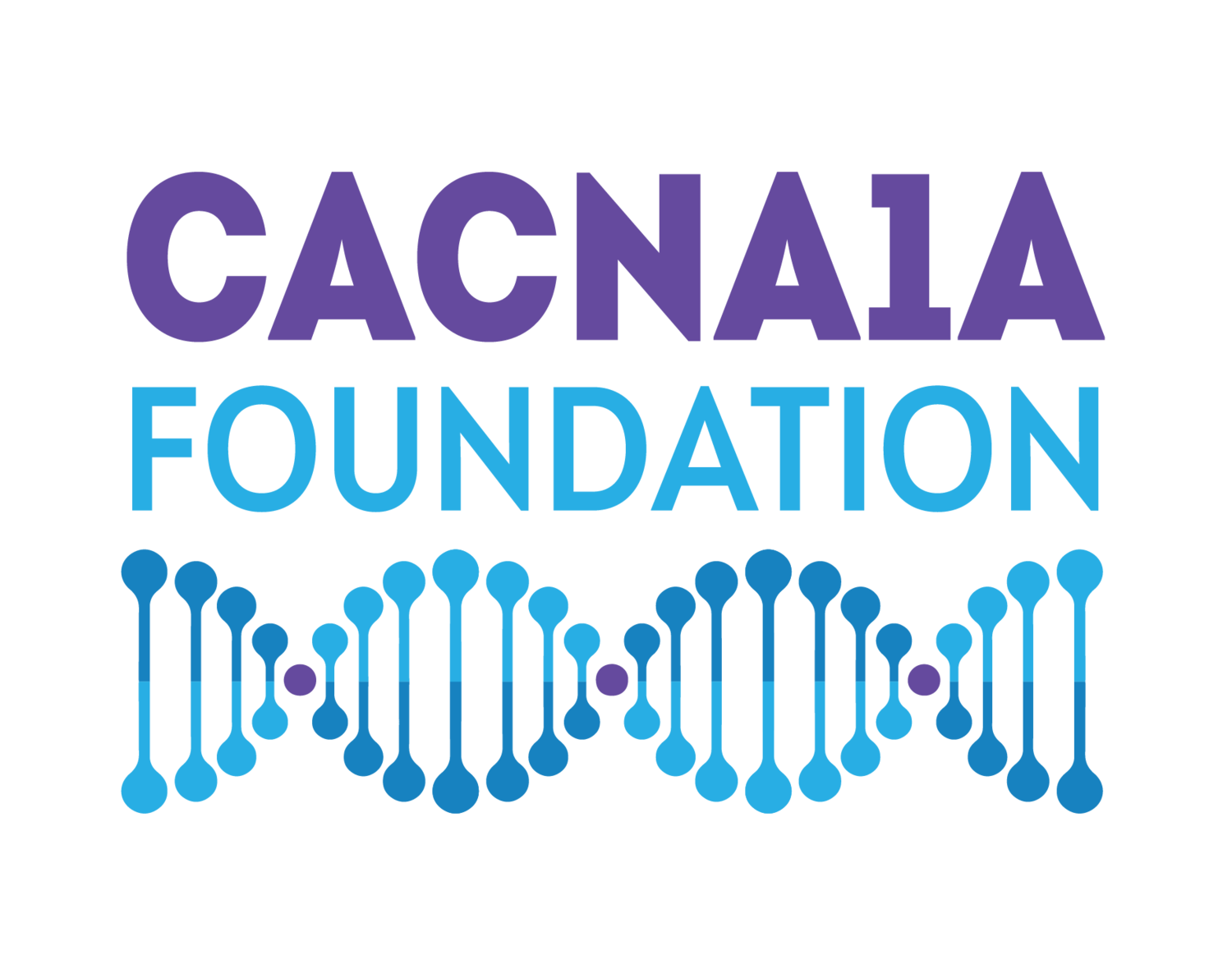Ryker’s Story
Ryker is a 4-year-old boy from New Jersey who has always been one to make a big impression. He was born in 2016 at 38 weeks, 24 hours after I (his mother) was involved in a major car accident that left my vehicle upside down. My husband and I counted our blessings that I made it through with just a few cuts and bruises, and we looked forward to settling into parenthood with our new son. Four months later, the morning after Christmas, Ryker woke up and had his first seizure in my arms. This was a status epilepticus (seizure that doesn't stop) event. After a very long and tiring week's stay in the PICU and numerous tests (that all came back normal), we were left awaiting our genetic results, which ultimately was a diagnosis of CACNA1A.
Despite this diagnosis, Ryker amazes us with his persistence and strength. He has the most amazing belly laugh you've ever heard and his silly demeanor charms any onlooker. When Ryker gives us a bear hug, our world just melts away. His favorite activity is paging through his many books, although music and swimming are his passions.
Developmental milestones have all been met late or continue to be delayed. Ryker learned to roll over independently and sit with assistance around the age of one; sit up independently at about two years old; crawl, pull to stand and walk with assistance around 3 1/2 years old. He struggles most with balance (likely from the ataxia and effects of AED's) and language, as he is nonverbal. In the past, Ryker has expressed a few words and many sounds. However, over the past year, he has lost many of those verbal gains. Despite some of these struggles and setbacks, Ryker continues to surprise us every day with achieving his "inch stones" and shows us that there are many paths that can be taken to reach one's destination.
Diagnoses
Intractable epilepsy with status epilepticus seizures
Hypotonia
Global developmental delay
Congenital Ataxia
Mixed receptive-expressive language disorder
Paroxysmal Tonic Upgaze
Variant: c. 4186G>A p.Val1396Met
Presumed gain of function. Variant is de novo.
Ryker struggles most with uncontrolled status seizures that require medical intervention (rescue medication, oxygen support and trips to the emergency room). He has persistent ataxia (congenital ataxia) that worsens with stress, lack of sleep and illness. Periodically, he displays episodes of Paroxysmal Tonic Upgaze (PTU).
Therapies & Education
Around 5 months of age, our pediatrician noted that Ryker was hypotonic and could benefit from in-home Early Intervention services. He began early intervention at 7 months old, receiving occupational therapy, physical therapy and speech therapy. These therapies have helped our son progress the most. When he aged out of services at three years old, we enrolled him in our local special needs pre-k program full time. Although we were incredibly frightened to hand over our medically complex child, this environment has shown to be successful for helping Ryder develop skills. Additionally, we take Ryker for outpatient speech and PT services. We also hope to enroll him in horseback riding therapy, as this has shown to be incredibly beneficial for children with ataxia and movement disorders.
For Those Newly Diagnosed
It is so easy to become overwhelmed when learning about your child's diagnosis. Especially if you are in emergency management mode, as we have been for the last four years. Take it day by day. Rest when you can. Have a written emergency treatment plan to present to treating doctors and caregivers. This has been the most helpful for us. CACNA1A children present so differently, and their medical treatment is often the "exception to the rule" rather than the standard protocol. Speak up and advocate for your child's care. And know that you are part of a loving community that is committed to finding those answers our children desperately need.





